If you’ve ever wondered whether you can sip this vibrant green tea daily, you're not alone. Matcha (抹茶), the finely ground powder of specially grown and processed green tea leaves, has captivated tea lovers, wellness enthusiasts, and culinary creatives around the world. But can you make it part of your everyday life? Should you?
Let’s explore the health benefits, cultural roots, optimal timings, potential risks, and practical tips for enjoying matcha as a daily ritual and how incorporating beautiful, authentic Japanese tableware can elevate the experience.
What Is Matcha? Understanding Japan’s Green Elixir
Matcha is a type of powdered green tea made from shade-grown tea leaves. Unlike regular green tea, where leaves are steeped and discarded, matcha is whisked directly into water, so you consume the whole leaf and all its nutrients. This unique preparation gives matcha its vibrant color, creamy texture, and high concentration of beneficial compounds.
The Case for Daily Matcha: Wellness in a Cup
Matcha is prized not only for its rich, earthy flavor but also for its impressive antioxidant content, particularly epigallocatechin gallate (EGCG), a catechin linked to various health benefits. Studies suggest that EGCG may support heart health, liver function, and even weight management by boosting metabolism and fat burning.
One of matcha’s most unique characteristics is its combination of caffeine and L-theanine, an amino acid known to promote a sense of relaxed focus. Unlike coffee, which can cause energy crashes or jitteriness, matcha offers a more stable energy boost, making it ideal for cognitive performance and mental clarity throughout the day.
Other potential benefits of drinking matcha every day include:
- Improved mood and reduced stress due to L-theanine’s calming effects
- Support for immune health from antioxidants and vitamins
- Potential anti-inflammatory effects that may benefit overall wellness
Best Time to Drink Matcha: Timing Is Everything
While you can enjoy matcha at any time, certain moments are more beneficial depending on your goals:
🌅 Morning Matcha
A morning bowl can replace your usual coffee, offering sustained alertness with less risk of caffeine-related side effects. It’s particularly helpful if you’re switching from coffee to matcha, as you’ll still get a gentle caffeine lift without the crash.
🏋️♀️ Pre-Workout Matcha
Thanks to its metabolism-boosting and fat-burning potential, matcha is a favorite among fitness enthusiasts. A small cup before exercise may enhance performance without the overstimulation of typical pre-workouts.
☕ Mid-Afternoon Matcha Latte
The mid-afternoon slump is real. A creamy afternoon matcha latte can provide a calm uplift in focus and mood. Just be cautious: if you’re sensitive to caffeine, drinking matcha too late may cause sleep disruption.
🍵 Ceremonial grade matcha, whisked in a traditional bowl, offers the purest flavor ideal for moments of mindfulness. For lattes, a high-quality barista grade matcha works well.
How Much Is Too Much? Daily Dosage Demystified
Experts generally agree that 1–2 grams of matcha powder per serving, up to 2–3 cups per day, is safe for most healthy adults. This translates to around 60–105 mg of caffeine, depending on the matcha quality.
Keep in mind:
- The FDA recommends no more than 400 mg of caffeine per day for adults.
- Pregnant individuals should consult a physician and stay below 200 mg.
- Children, people with heart conditions, or those sensitive to caffeine should consult a healthcare provider before drinking matcha daily.
Also, avoid drinking matcha close to taking iron supplements or iron-rich meals, as catechins may interfere with iron absorption.
Tip: When traveling, matcha stick packs offer convenience and portion control. Just pour into a shaker bottle or mix into hot water using your chasaku (茶杓 – bamboo scoop) and chasen if available.
Potential Side Effects: A Balanced View
Like anything, moderation is key. Some individuals may experience:
- Digestive issues if consumed on an empty stomach
- Headaches or increased heart rate if sensitive to caffeine
- Liver problems in extreme, excessive intakes (very high doses over long periods)
- Risk of exposure to contaminants, such as arsenic or pesticides, from low-grade matcha green tea powder
How to Minimize Risks:
- Choose organic, Japanese-grown matcha when possible.
- Look for transparency in sourcing and hand-picked leaves that ensure higher quality.
- Start with a small amount and increase gradually to gauge your tolerance.
Common Questions About Daily Matcha
Is matcha bitter?
High-quality ceremonial matcha has a naturally sweet, umami-rich taste. Lower-grade varieties may be more bitter due to higher tannin content.
Can I use matcha in recipes?
Absolutely! From matcha lattes to smoothies, baked goods, and even savory dishes, matcha powder adds earthy depth and antioxidants. Try incorporating it into your breakfast routine or a midday treat.
How should I store matcha?
Keep your matcha in an airtight container, away from light and moisture. Traditional natsume (棗 – matcha caddy) not only protects freshness but also brings elegance to your tea shelf.
Can I drink matcha if I have health conditions?
If you have a medical condition or take medication, consult your healthcare provider before drinking matcha daily. Matcha may interact with certain medications or exacerbate conditions like iron deficiency or high blood pressure.
Matcha vs. Coffee: A Shift in Mindset
While both beverages offer caffeine, their body feel is notably different. Coffee spikes energy and often drops it just as fast. Matcha, with its L-theanine, provides calm alertness perfect for people looking to reduce stress or enhance focus.

Final Sip: Should Matcha Be a Part of Your Everyday Life?
The answer is a yes.
Whether you’re exploring Japan, embracing a wellness journey, or simply seeking a better morning ritual, daily matcha can be a grounding practice.
Ready to Make Matcha a Part of Your Day?
Start simple. Start slowly. Your journey into Japan’s vibrant green elixir awaits.


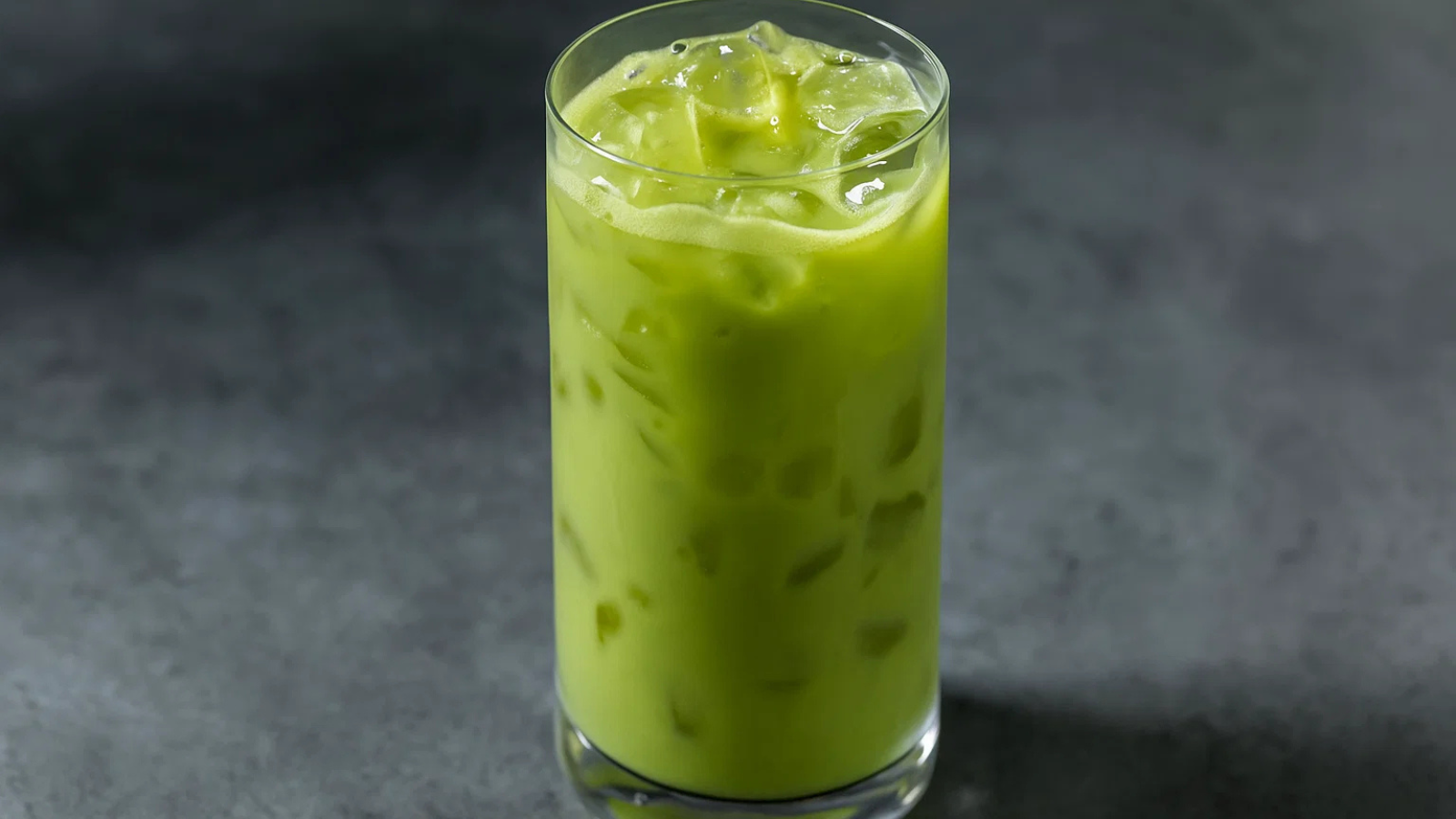

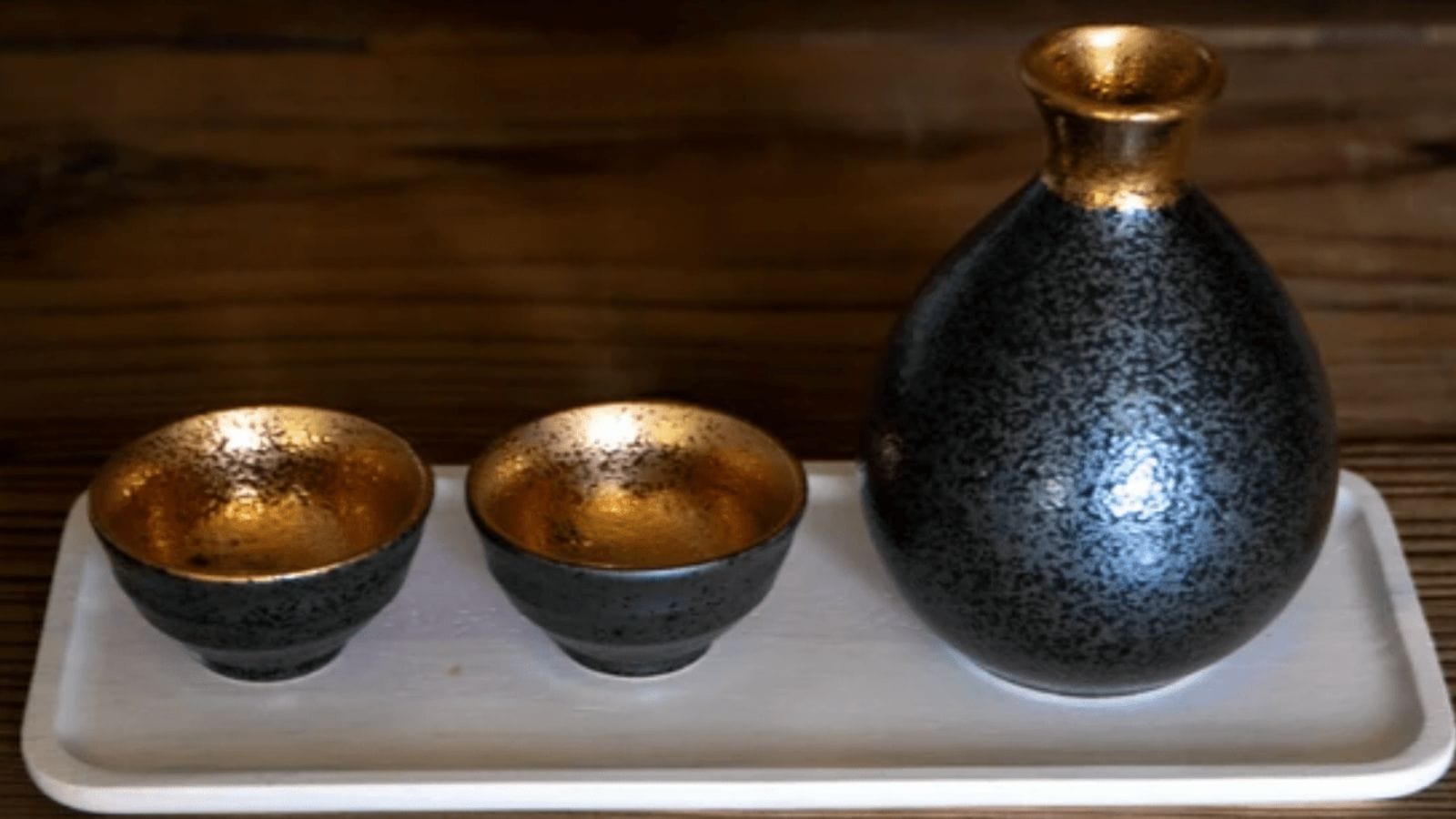
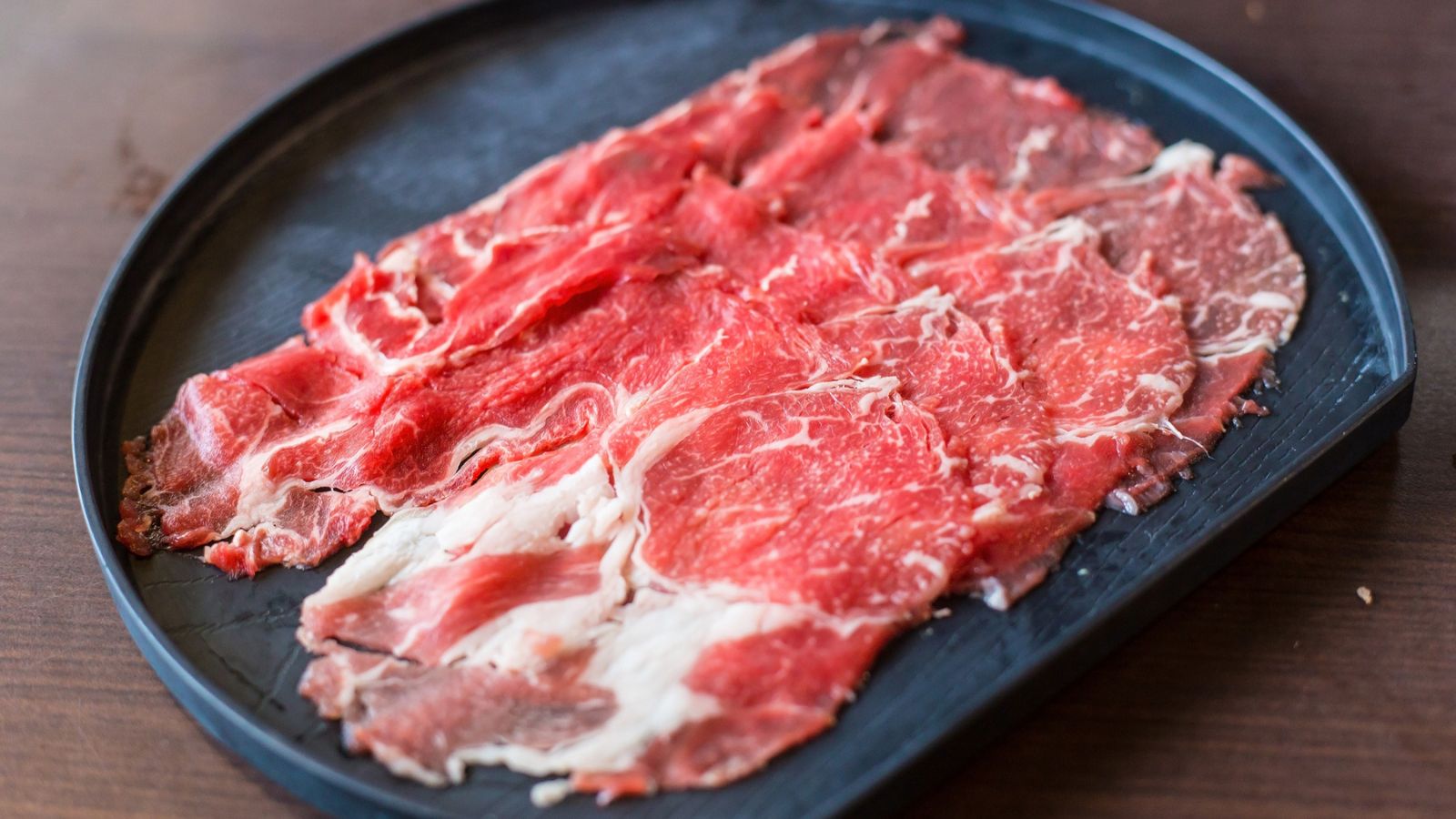
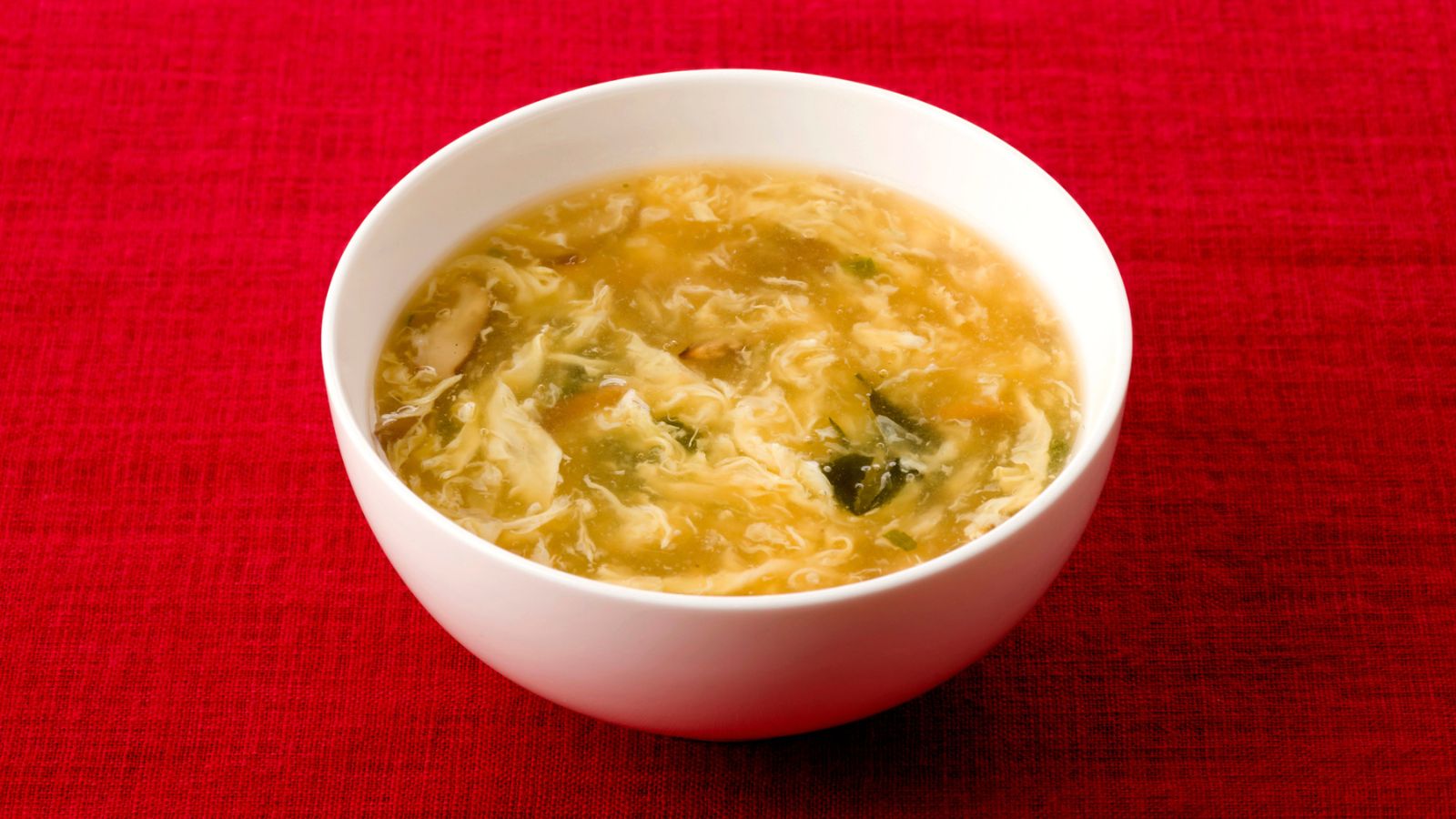
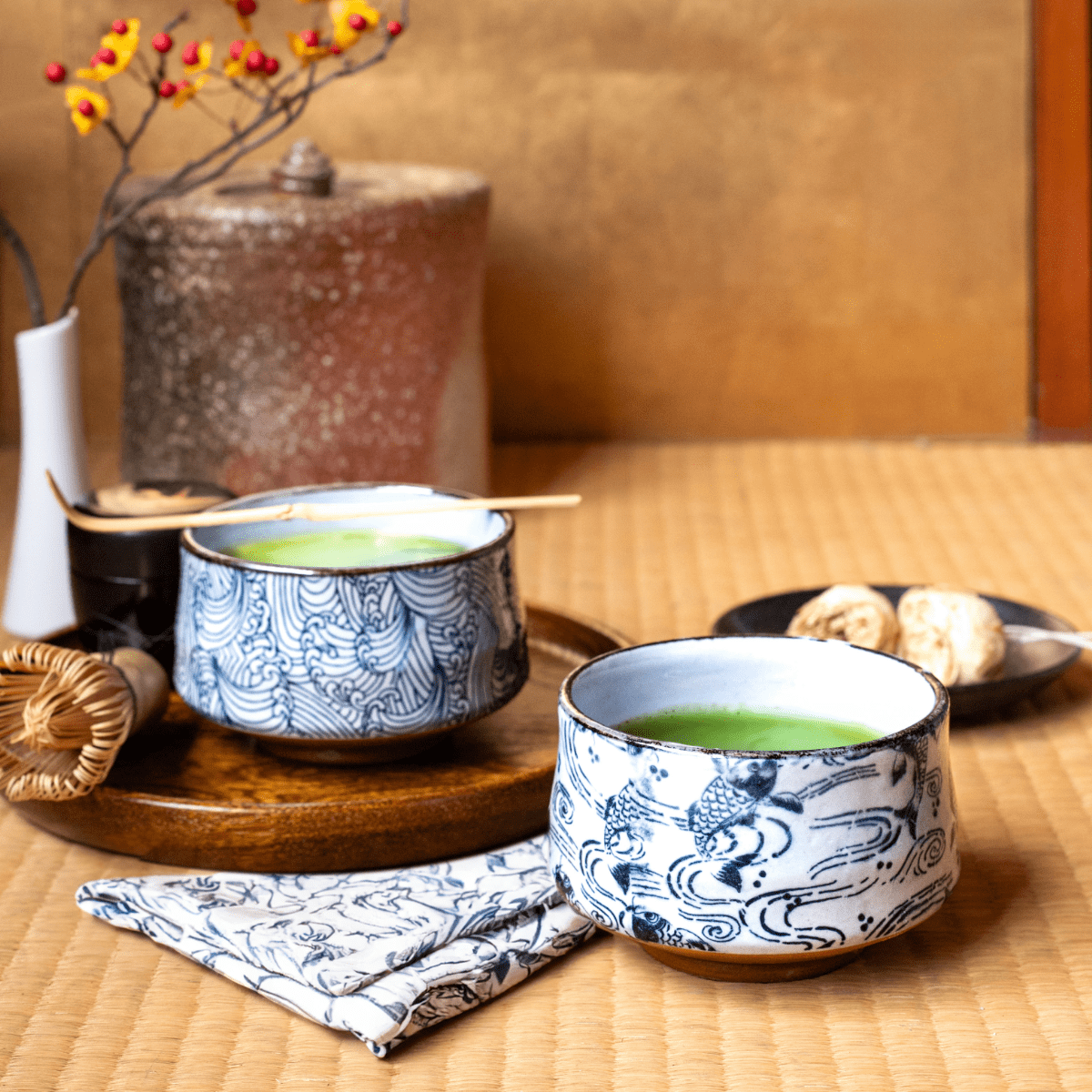
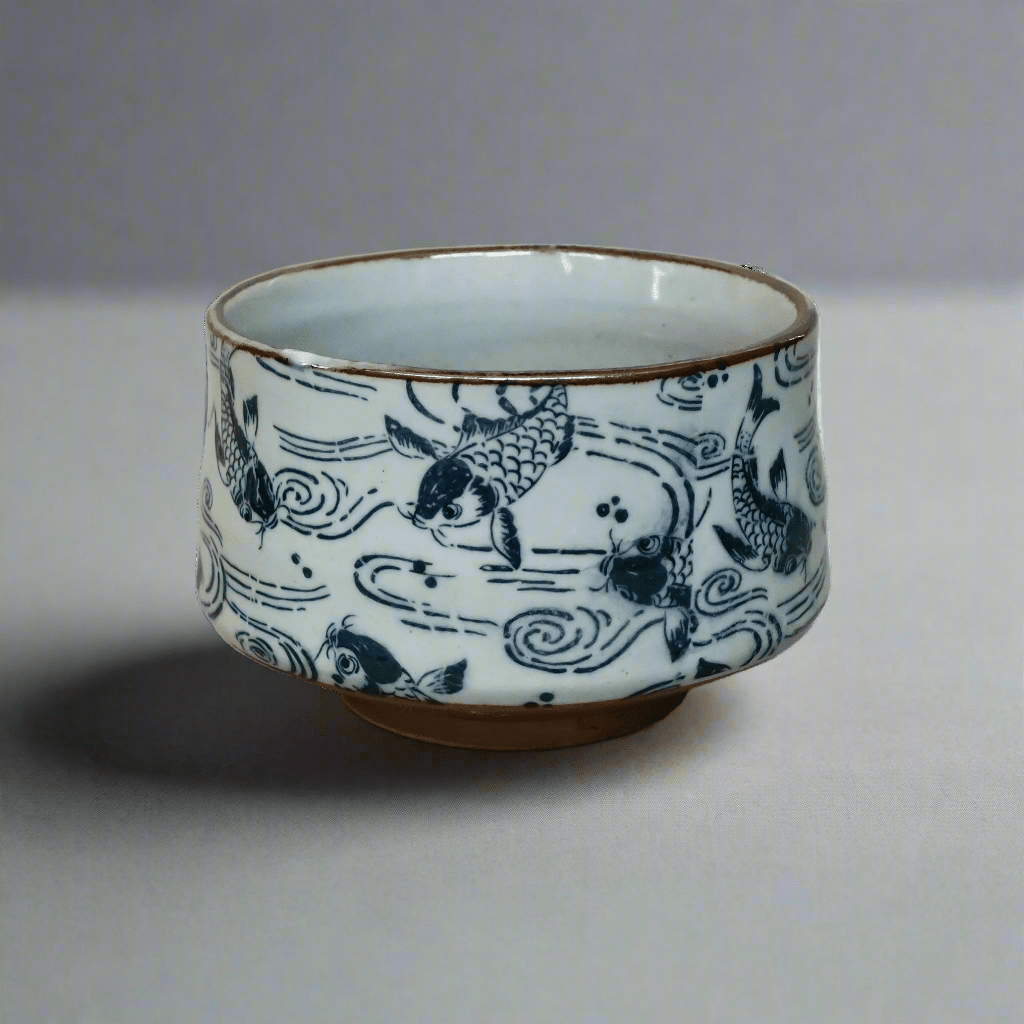
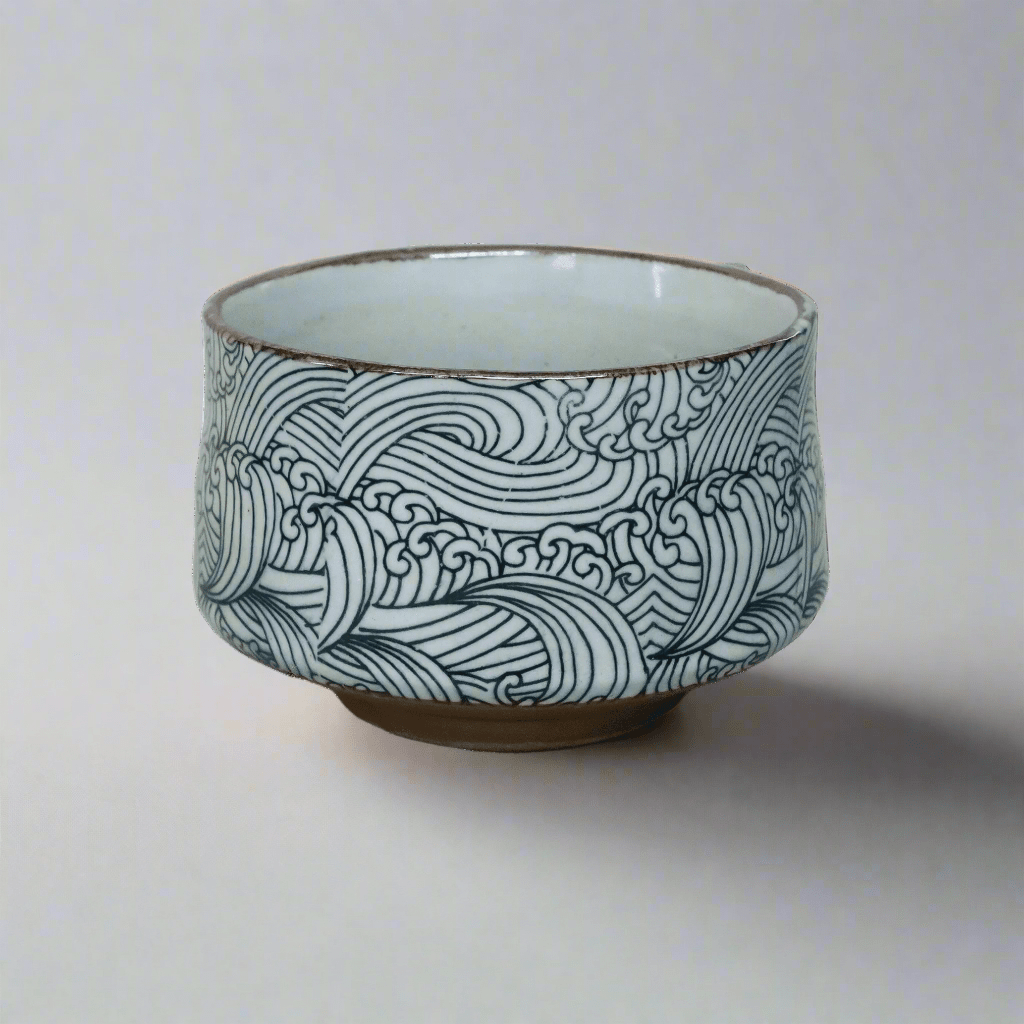
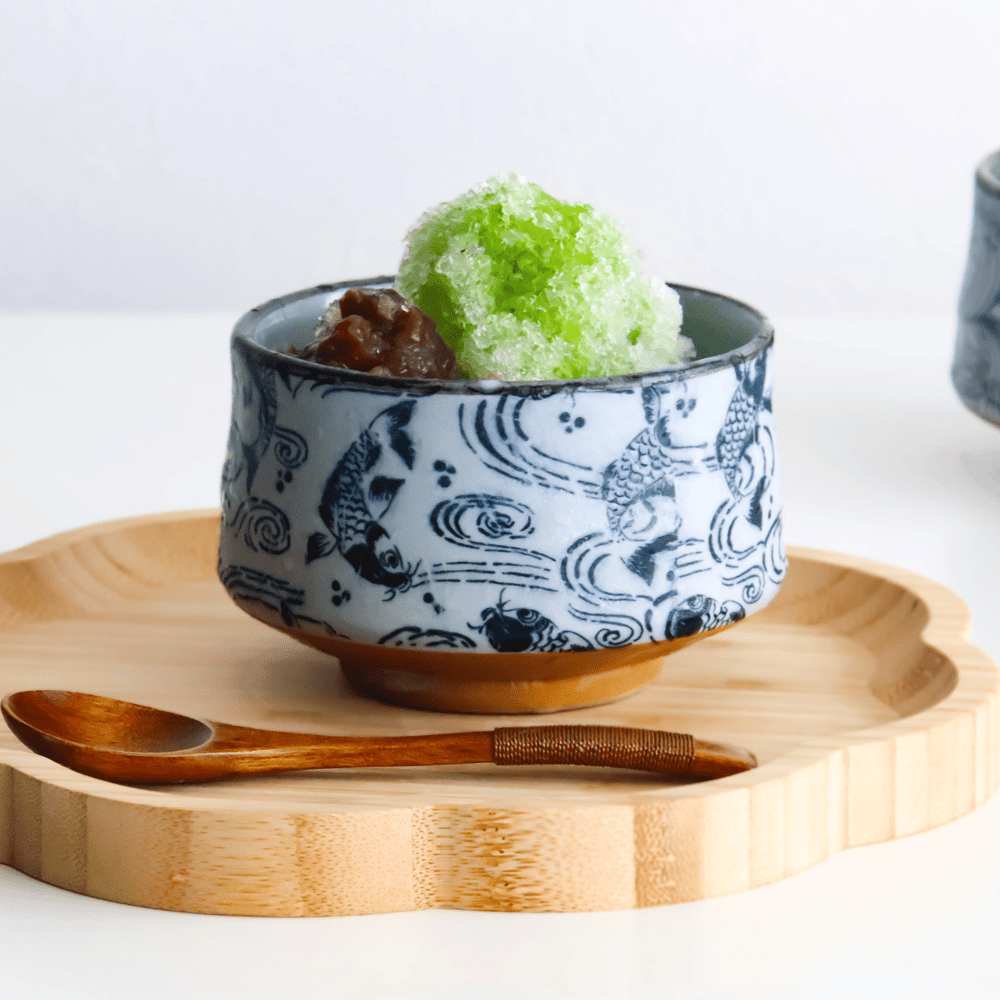
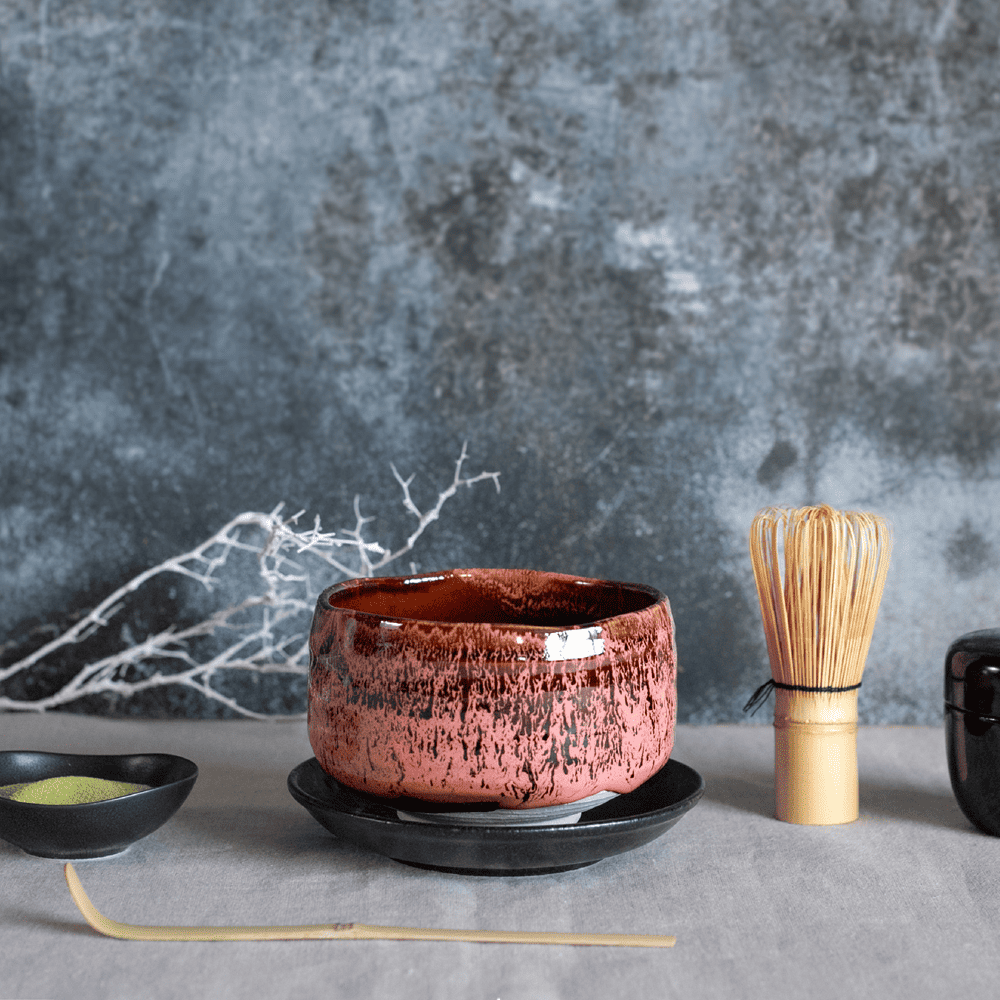
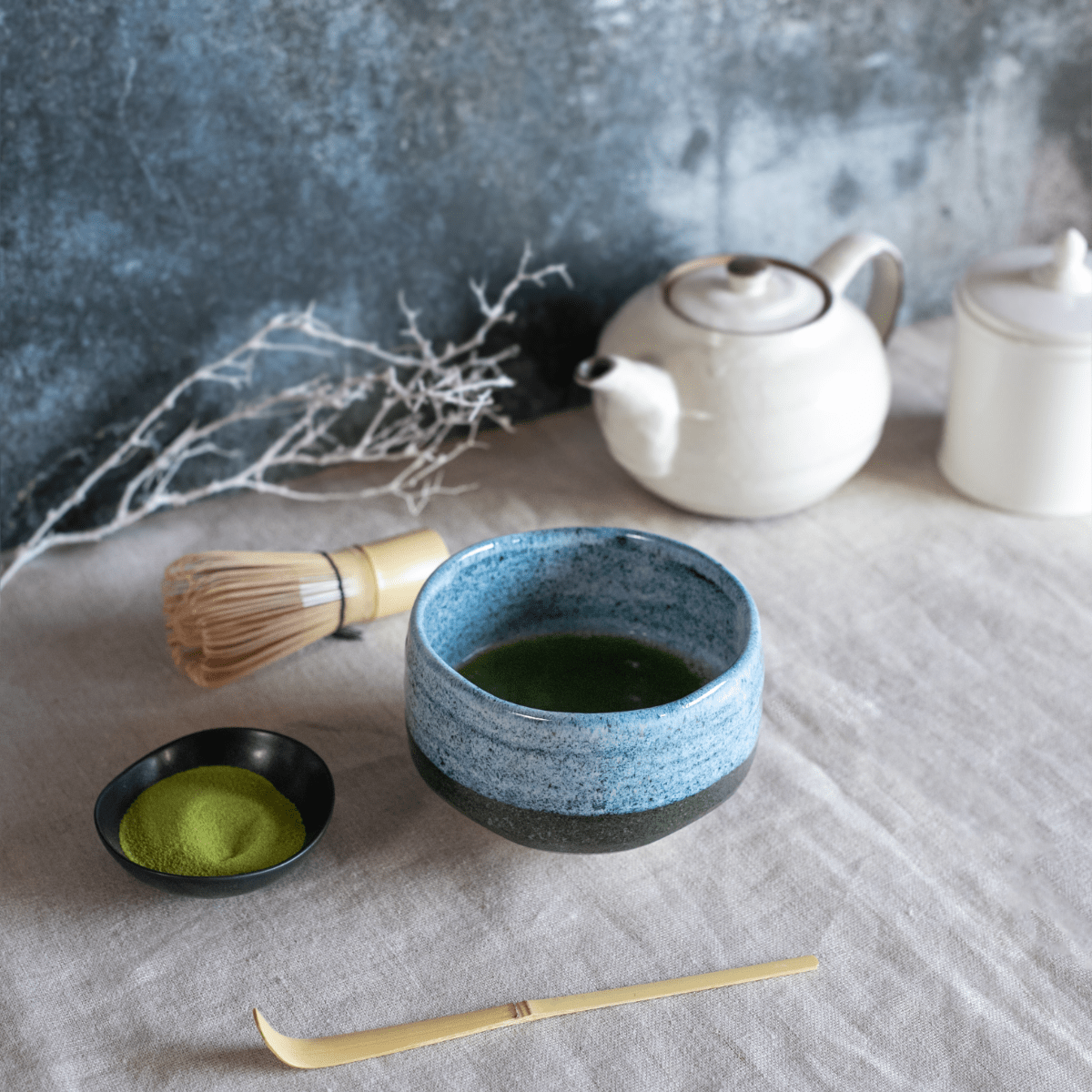

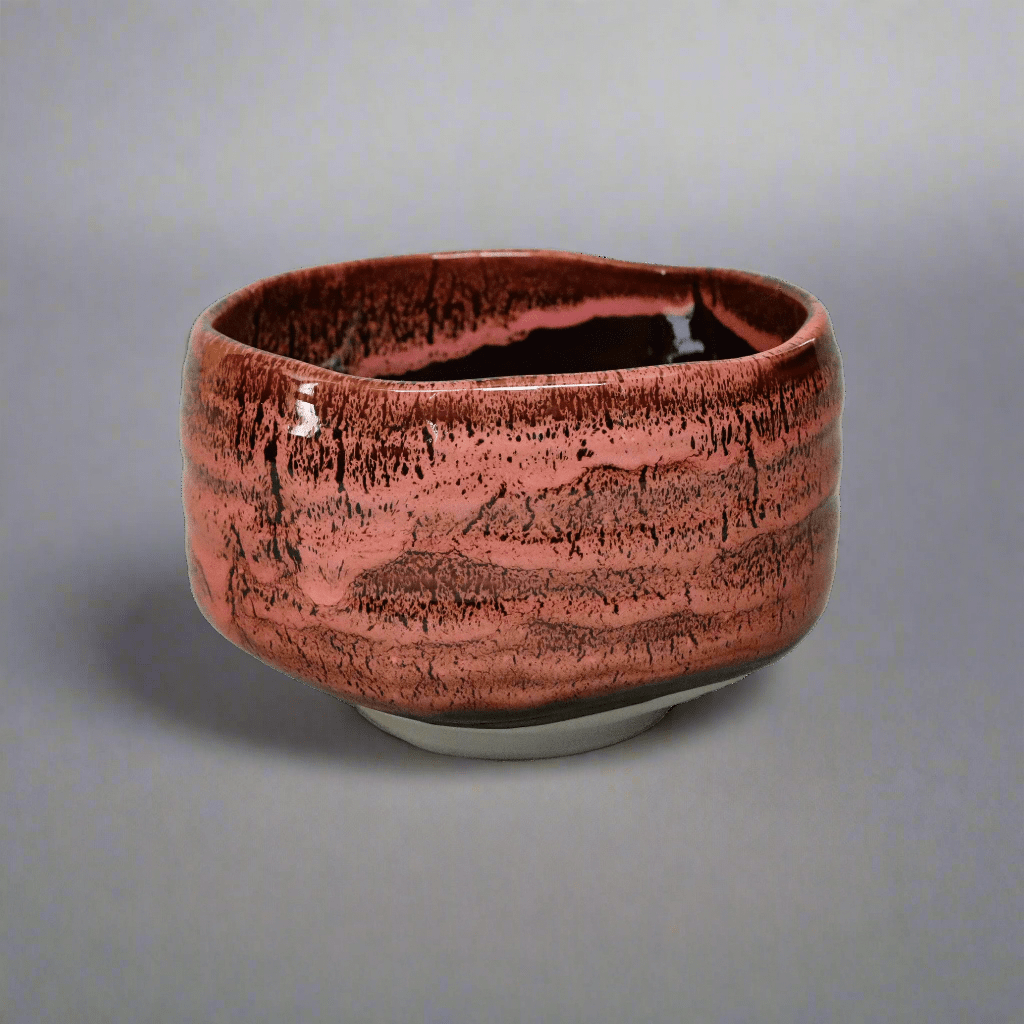
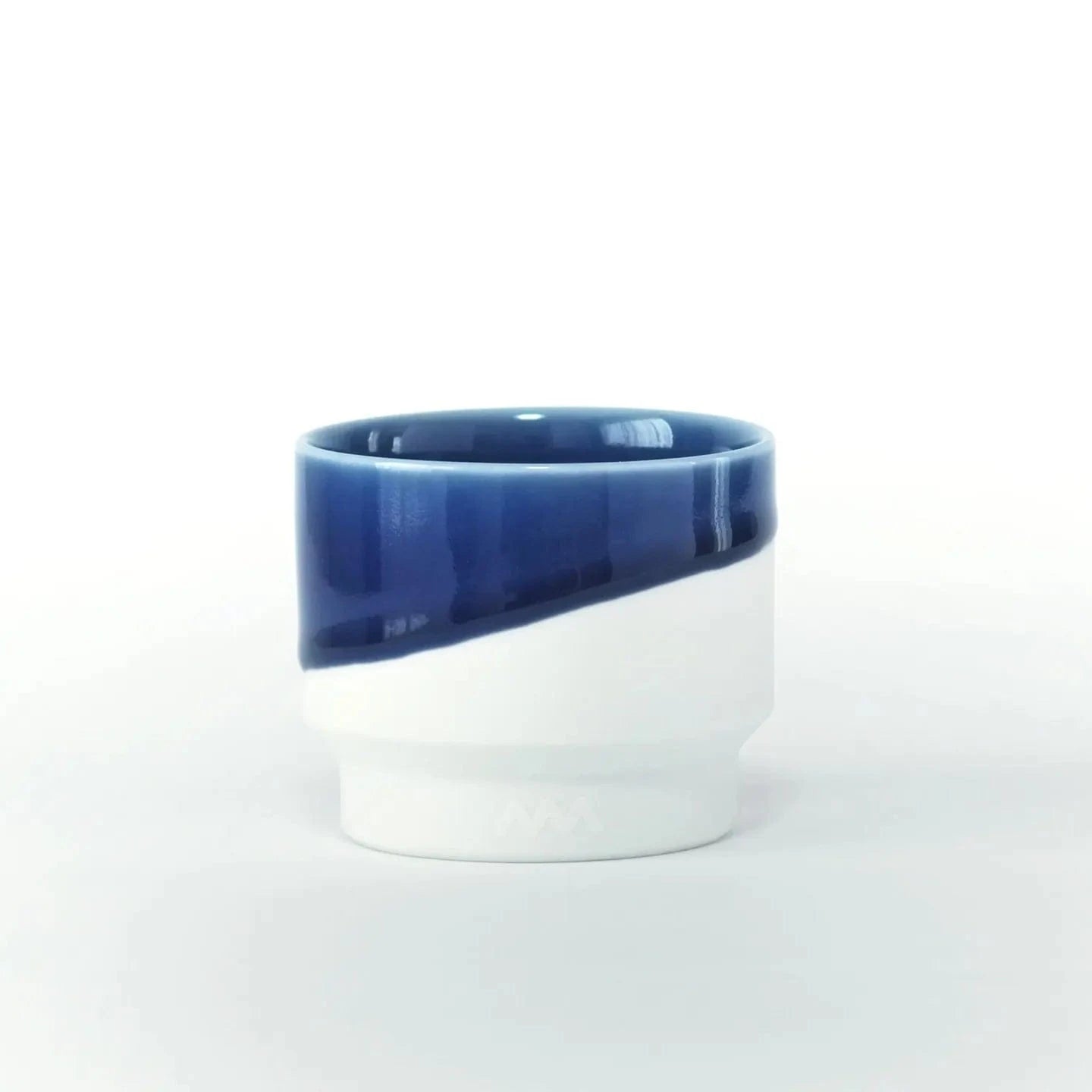
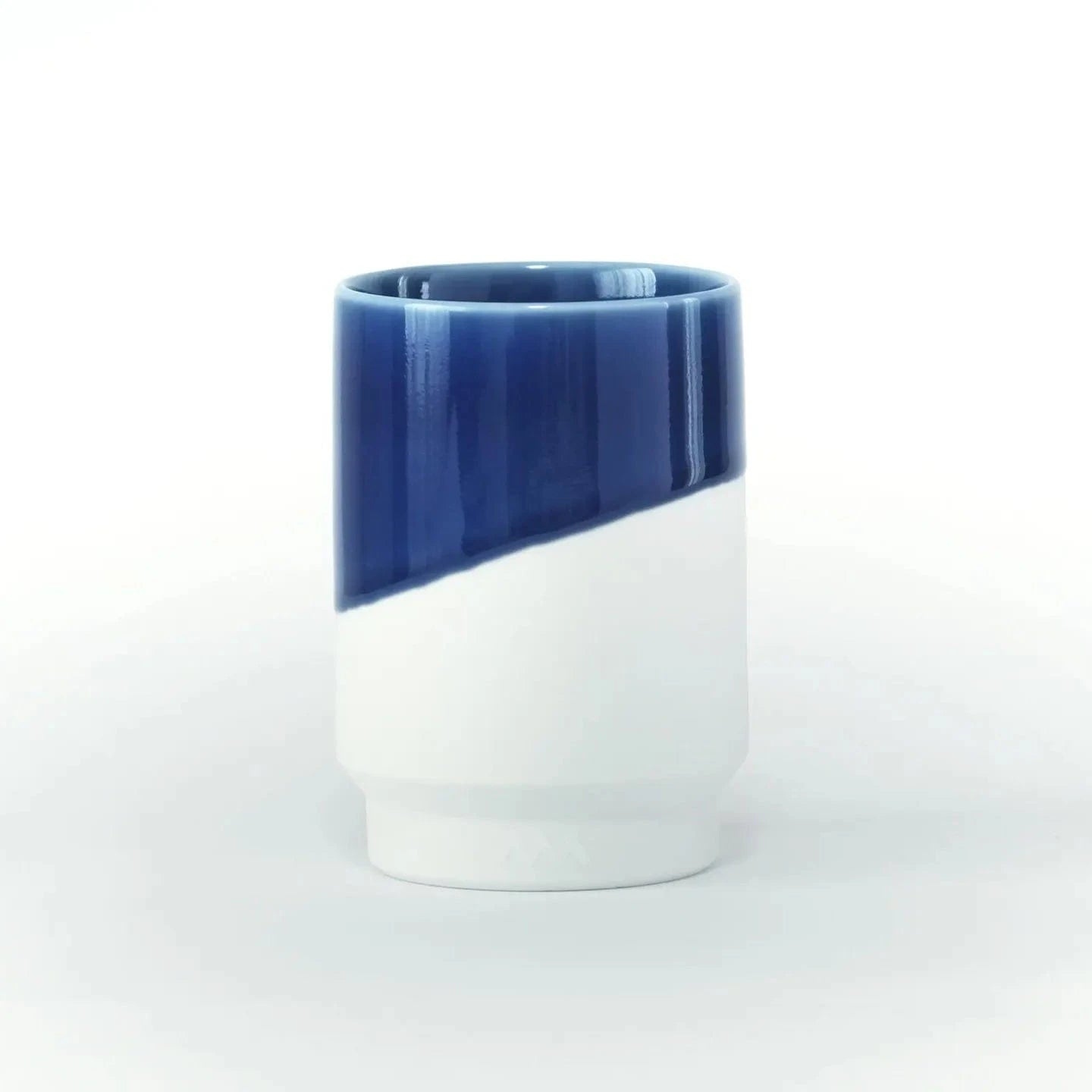
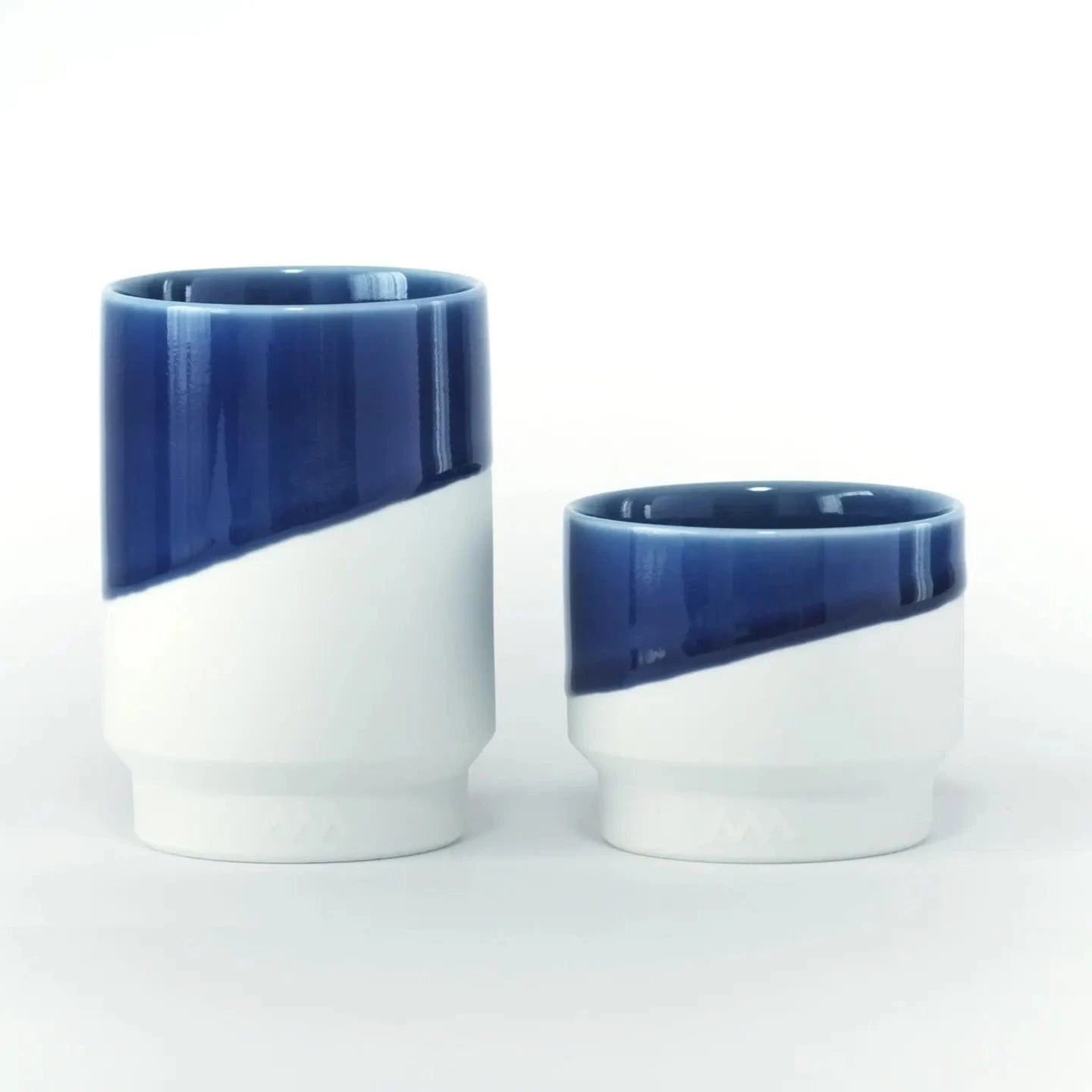
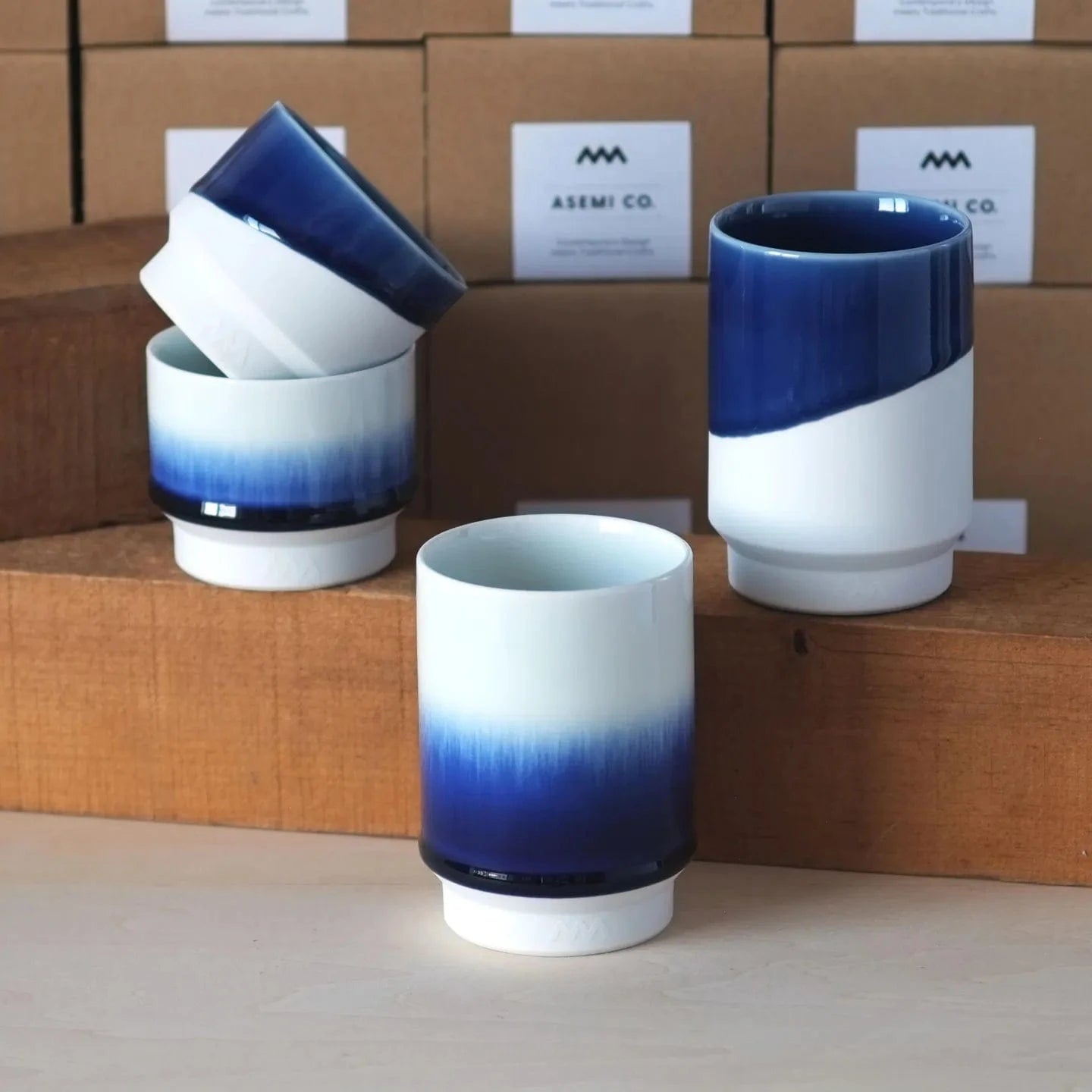
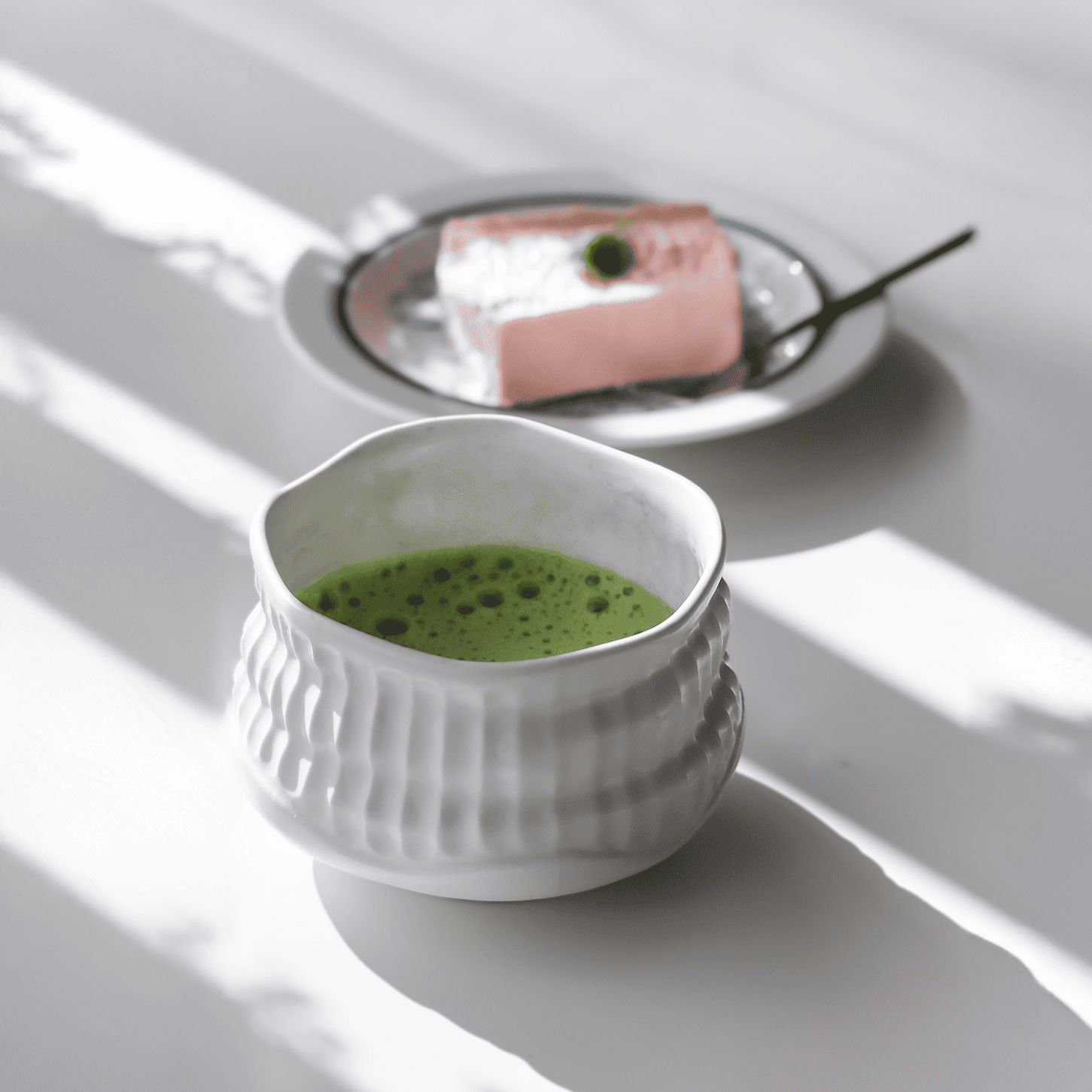
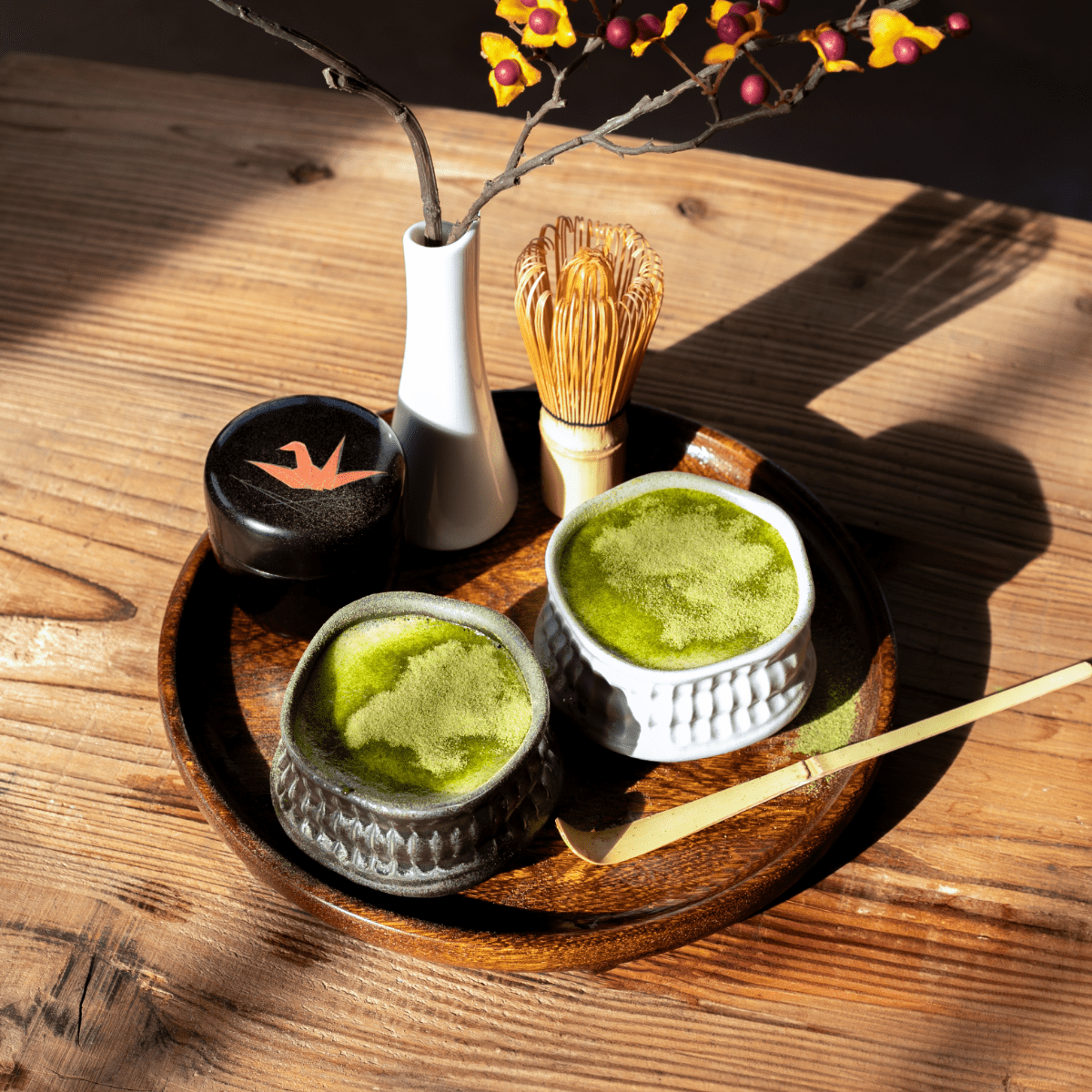
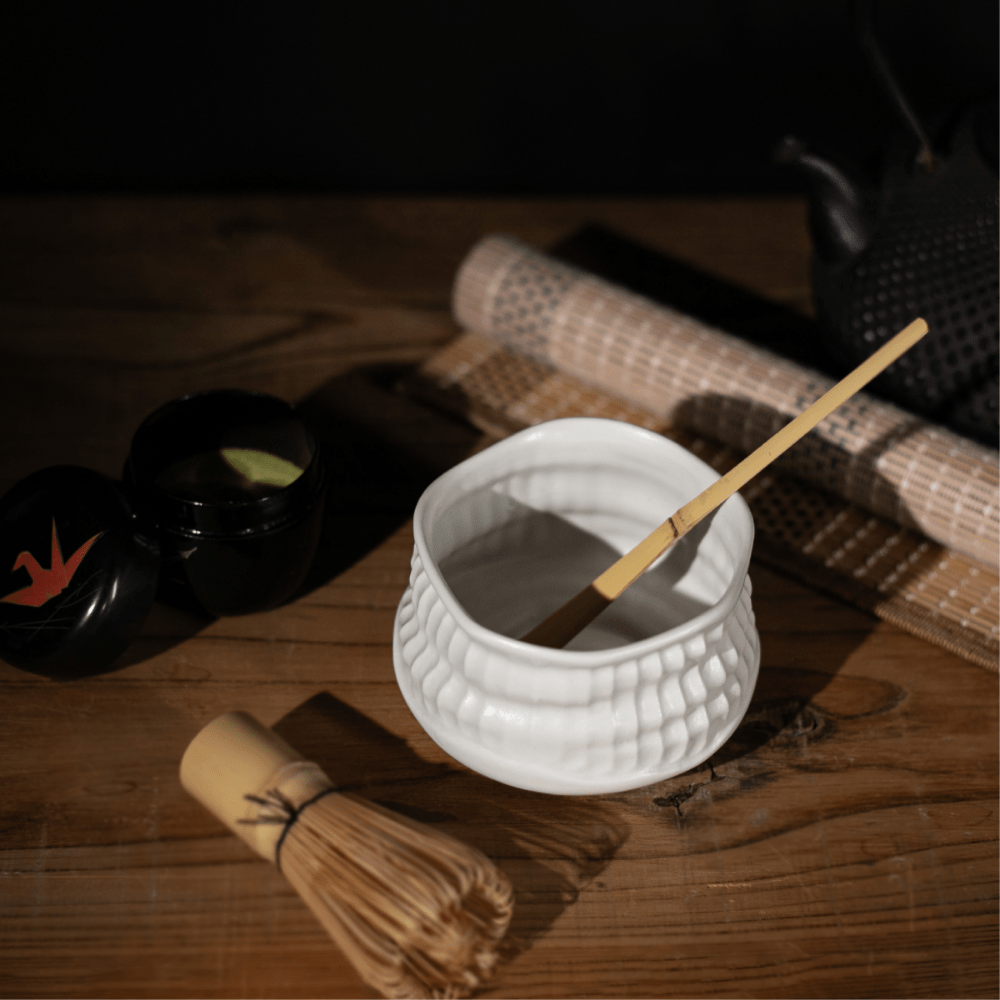
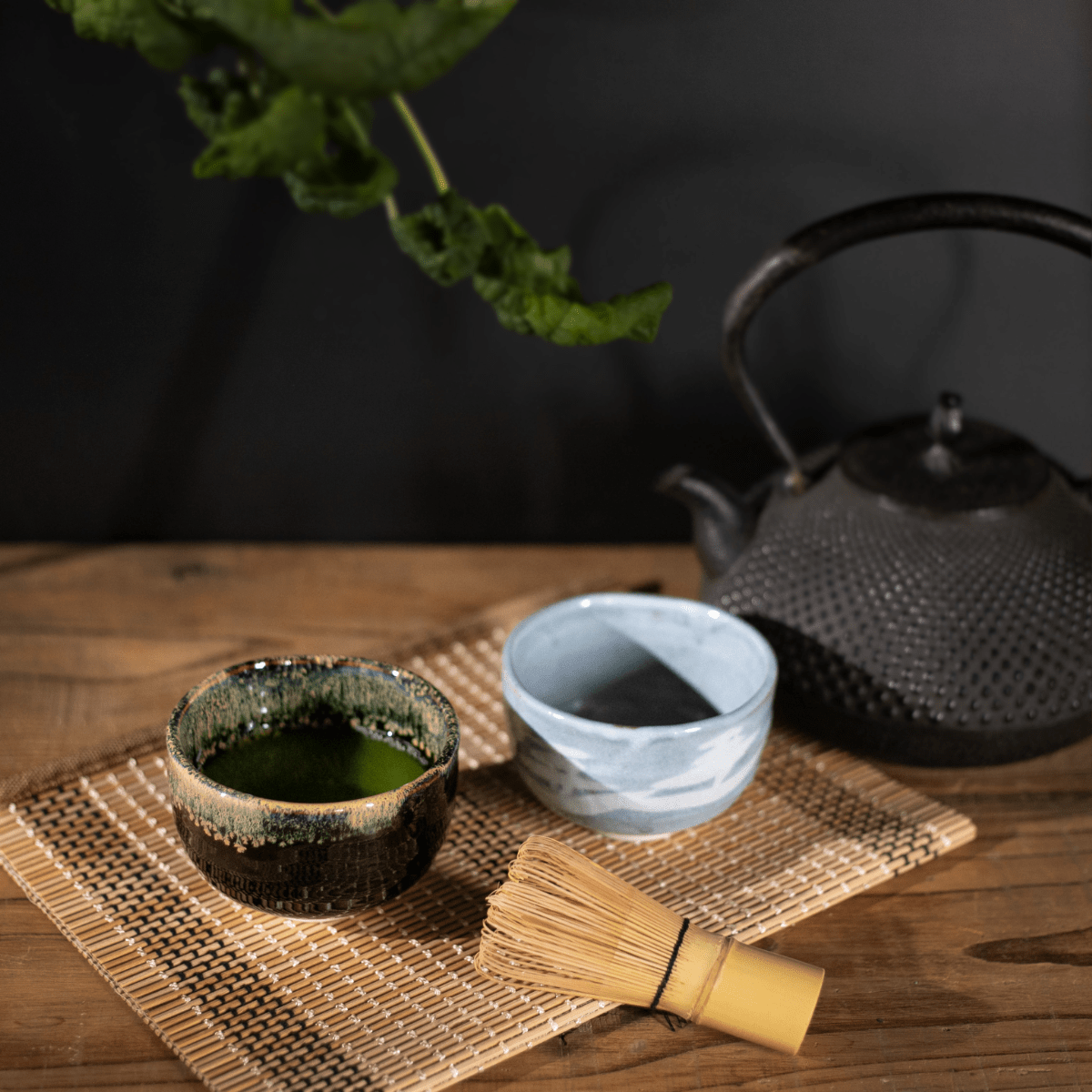
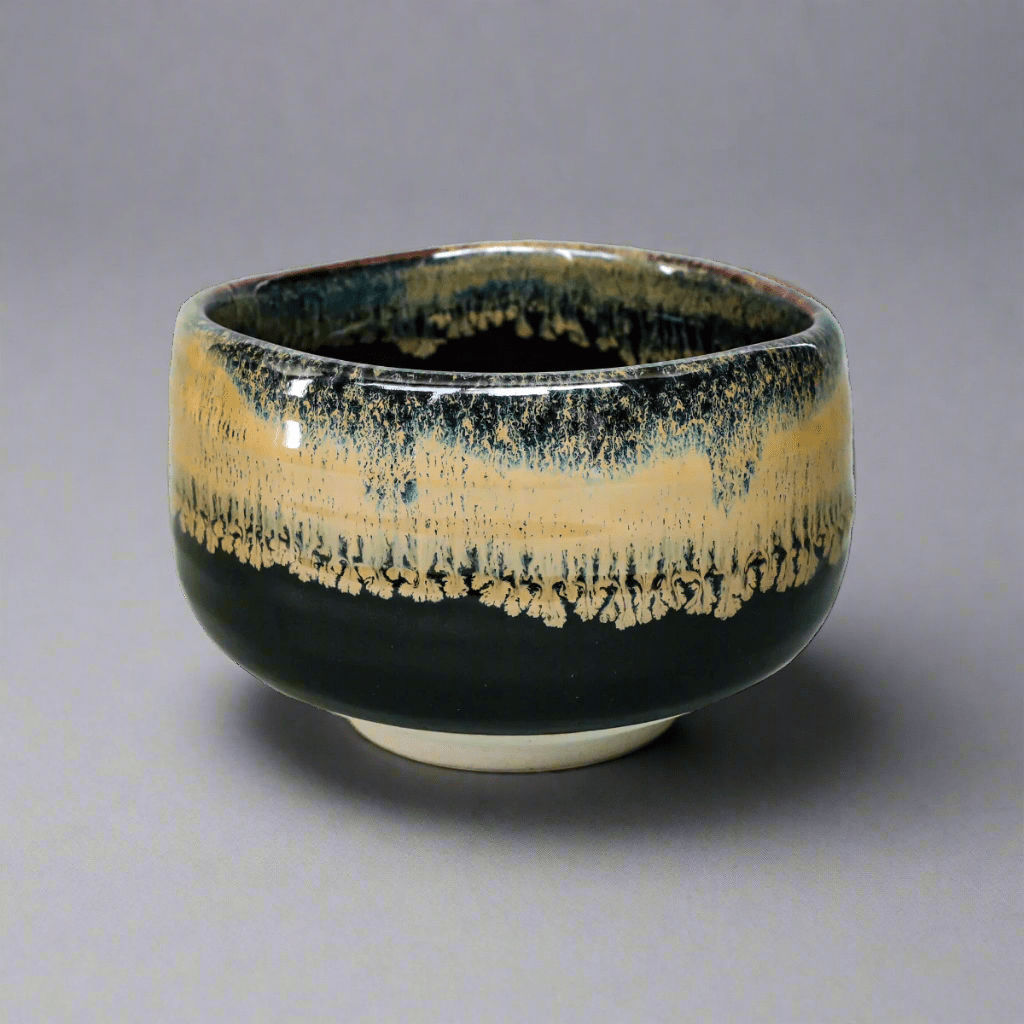
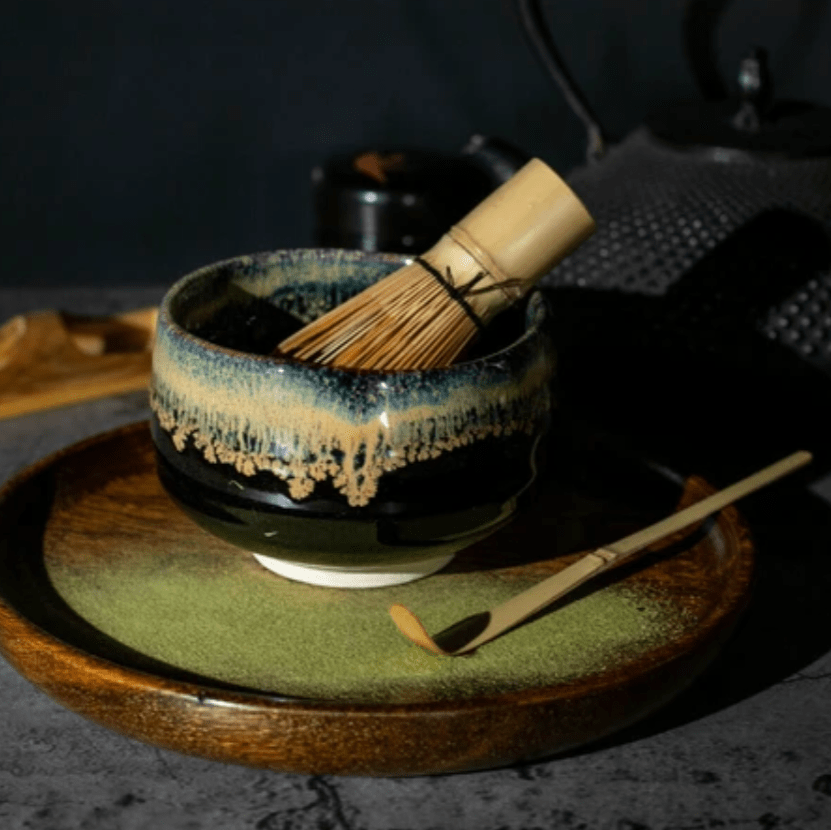

Share: